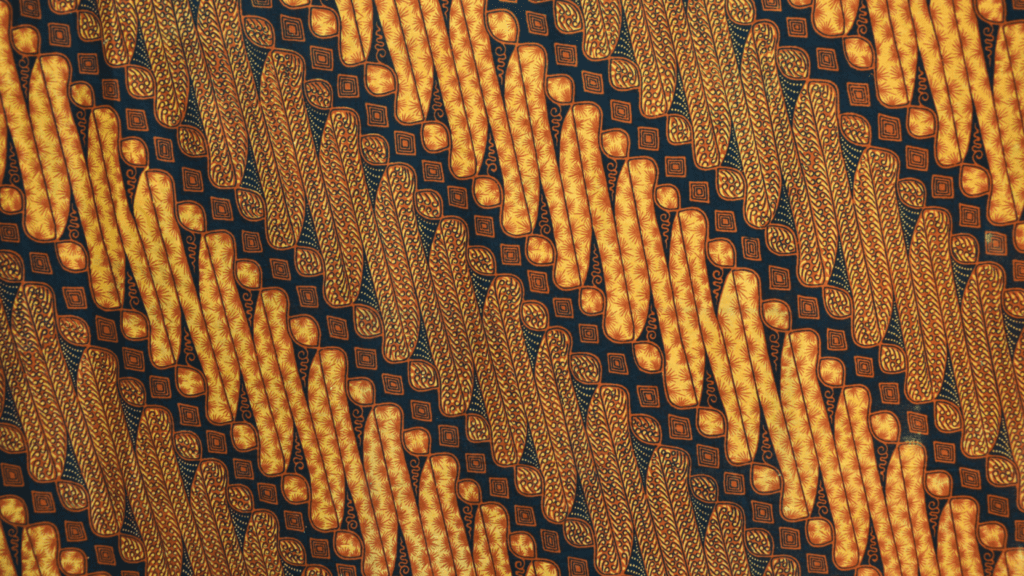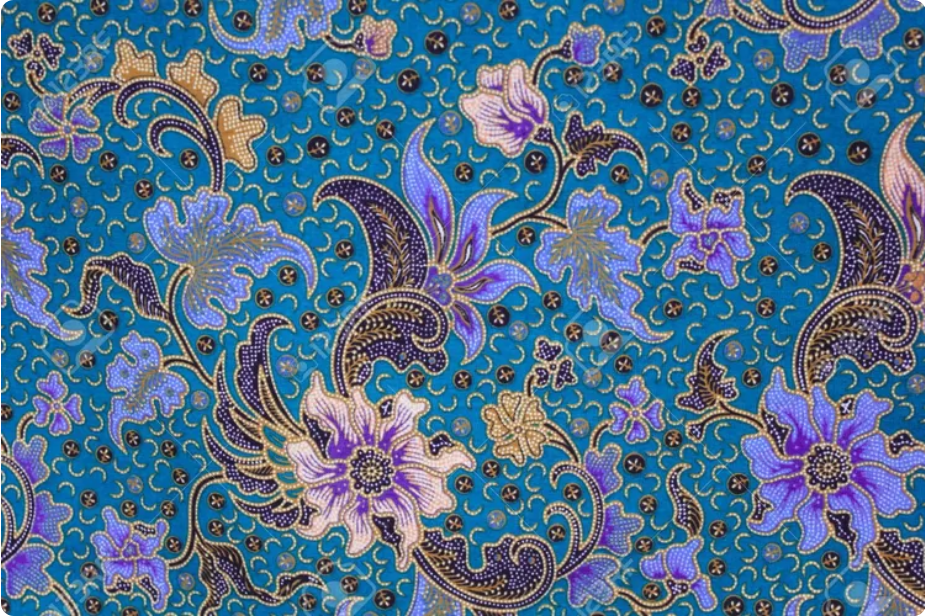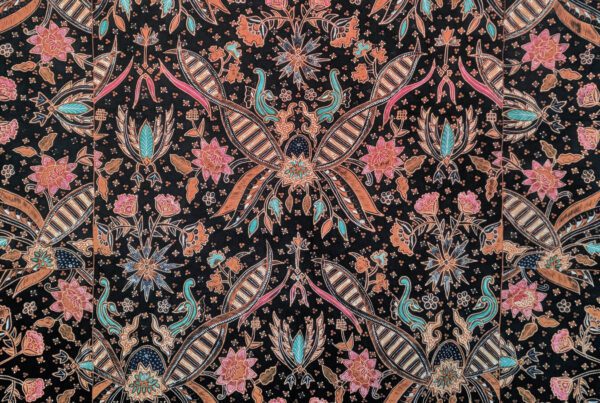_
Batik is one of Southeast Asia’s most treasured textile arts, known for its intricate patterns and centuries-old dyeing techniques. While Indonesia and Malaysia both proudly claim batik as a national heritage, the styles, symbolism, and cultural practices behind each version tell very different stories.
In this article, we’ll explore the key differences between Batik Malaysia and Batik Indonesia, and why a Batik dress from Indonesia remains a global favorite for those seeking elegance with meaning.

🇮🇩 What Is Batik Indonesia?
Recognized by UNESCO as an Intangible Cultural Heritage of Humanity in 2009, Batik Indonesia is deeply embedded in daily life, ceremonies, and even social hierarchy.
Key Characteristics:
- Hand-drawn wax techniques (batik tulis) and copper stamp methods (batik cap)
- Designs often hold philosophical meaning and are tied to spirituality, royalty, and nature
- Predominantly uses earth tones, indigo, and soga brown
- Famous styles: Batik Yogyakarta (Parang, Kawung), Batik Pekalongan (Buketan, Encim), Batik Bali (Barong, Gunung Agung)
Fashion Note:
Batik dress Indonesia designs are known for their graceful silhouettes, handcrafted detailing, and cultural depth—perfect for formal events, cultural celebrations, and even modern office wear.

🇲🇾 What Is Batik Malaysia?
While also rich in tradition, Malaysian Batik developed its identity through floral aesthetics and simplified methods. It is more commonly used in everyday clothing and contemporary fashion.
Key Characteristics:
- Predominantly uses brush painting technique instead of wax stamping
- Features bold floral and geometric motifs, often without symbolic meaning
- Colorful and bright, influenced by tropical nature
- More commonly machine-assisted, offering affordability and mass production
Fashion Note:
Malaysian batik is known for relaxed fit clothing, kebaya modern, and sarong skirts, ideal for casual and semi-formal wear.
🎨 Design & Motif Comparison
| Feature | Batik Indonesia | Batik Malaysia |
|---|---|---|
| Technique | Wax-resist dyeing (hand-drawn & stamped) | Hand-painted or printed |
| Motifs | Symbolic (mythical, royal, spiritual) | Floral, leaves, abstract, tropical |
| Color Scheme | Earthy, deep tones | Bright, cheerful colors |
| Cultural Significance | Deep ritualistic & philosophical meaning | More aesthetic-focused |
| Common Attire | Formal kebaya, wedding dress, batik dress Indonesia | Modern blouse, kaftan, casual wear |
🧵 Which One Should You Choose?
Both batik styles are beautiful in their own right, but the choice often comes down to purpose:
- For collectors, cultural enthusiasts, and luxury fashion lovers, a handcrafted batik dress Indonesia is unmatched in symbolism, quality, and storytelling.
- For casual, beach-friendly, or everyday wear, Malaysian batik offers comfortable, colorful options with tropical flair.
🌍 Global Appeal of Batik Dress Indonesia
Indonesian batik dresses have taken the global stage—from runways in Paris and Milan to diplomatic events and international exhibitions. Celebrities and dignitaries wear them for their elegance, sustainability, and cultural authenticity.
A batik dress Indonesia isn’t just a garment; it’s a statement of heritage and art, designed to last for generations.
✈️ Where to Find the Best Batik Dresses
If you’re visiting Southeast Asia or shopping online:
- Indonesia: Explore boutiques in Yogyakarta, Solo, Bali, or Pekalongan. Brands like Iwan Tirta, Batik Keris, and Alleira offer modern and luxury options.
- Malaysia: Kuala Lumpur’s Central Market and Terengganu are top destinations for Malaysian batik shopping.
Conclusion
While Batik Malaysia and Batik Indonesia share a common origin, their evolution has been shaped by local culture, beliefs, and artistry. Whether you’re drawn to the symbolic depth of a batik dress Indonesia or the cheerful prints of Malaysian batik, both forms continue to inspire pride, creativity, and cultural unity in Southeast Asia and beyond.
Indonesia’s wax with stories old,
In every crack, a myth unfolds.
Malaysia flows in floral grace,
Smooth and bright, a softer face.
Different hands, one shared art,
Threads of heritage, heart to hear
Interest in Coffee? Read Indonesian Coffee Article
Author: Johan S







Recent Comments